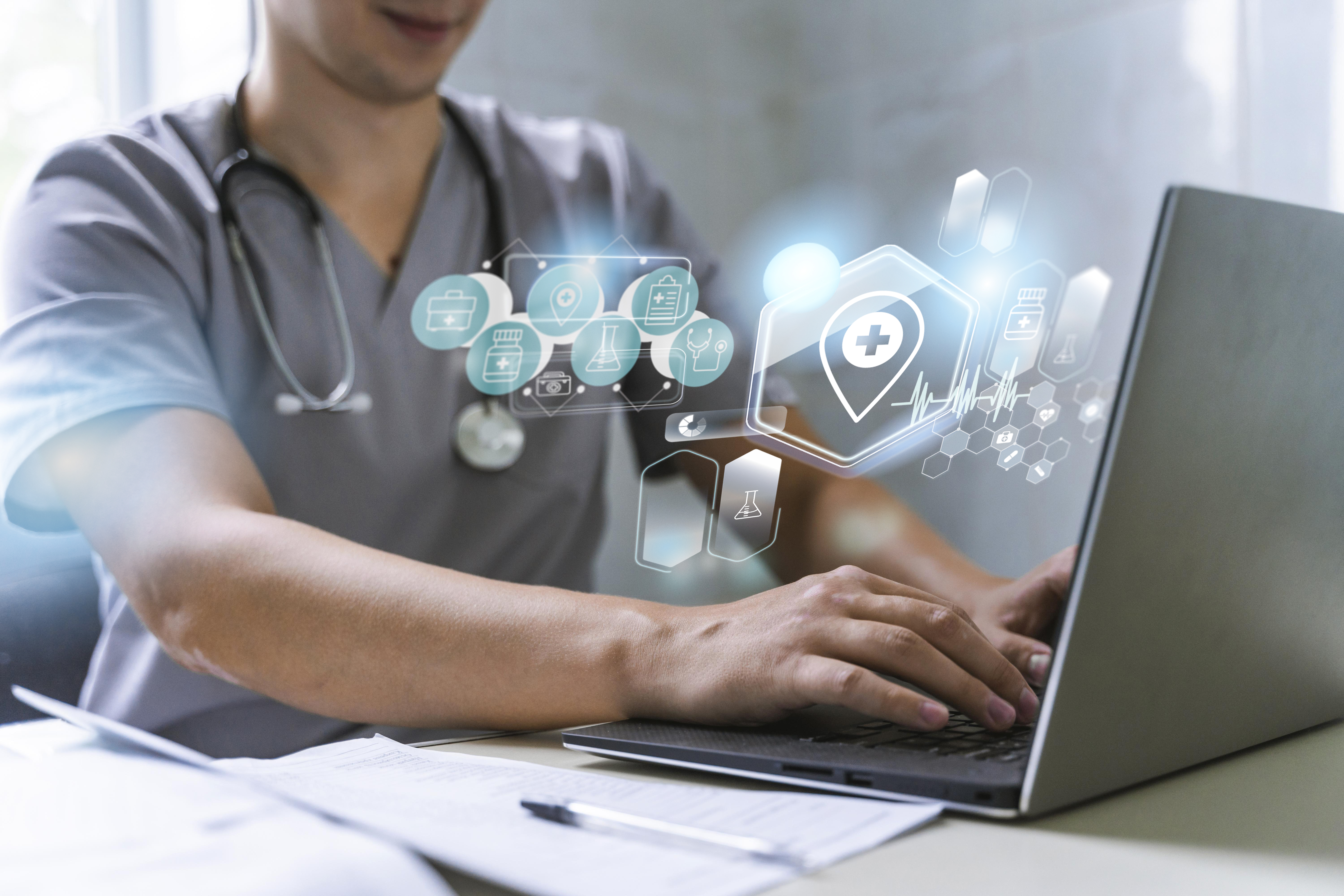By First Products on 9/5/23 7:30 AM
In recent years, telemedicine has emerged as a pivotal solution to numerous challenges in healthcare accessibility. By harnessing the power of mobile technology, telemedicine initiatives are making healthcare services more available to individuals, regardless of geographic location. This transformation is not only bridging gaps in healthcare delivery but is also shaping a new era of medical practice which is convenient, efficient, and patient-centric.
The essence of telemedicine lies in its ability to connect patients with healthcare providers remotely. Mobile technology plays a crucial role in facilitating these virtual consultations. With a smartphone or a tablet, individuals can now consult with healthcare professionals from the comfort of their homes. This is especially beneficial for people living in rural or underserved areas, where medical facilities are sparse or non-existent.
Moreover, mobile technology is making telemedicine more efficient. Mobile applications and platforms provide secure channels for communication between patients and providers. These applications come with features like video conferencing, instant messaging, and the ability to share medical records securely. The seamless integration of these features within mobile devices simplifies the process of seeking medical advice and receiving treatment.
Additionally, telemedicine promotes continuous care and follow-up, which is essential for managing chronic conditions. Patients can easily schedule follow-up appointments, share updates on their health status, and receive timely feedback from healthcare providers through mobile platforms. This continuous engagement encourages better adherence to treatment plans and results in improved patient outcomes.
Telemedicine is also reducing the burden on traditional healthcare systems. By diverting non-emergency consultations to virtual platforms, telemedicine alleviates the pressure on physical healthcare facilities. This is particularly relevant in the wake of the COVID-19 pandemic, where minimizing physical contact is crucial to curb the spread of the virus. Telemedicine, supported by mobile technology, has proven to be an invaluable tool in ensuring continuity of care during such challenging times.
Furthermore, the data collected through telemedicine platforms is instrumental in enhancing healthcare services. Mobile technology allows for the real-time collection and analysis of health data, which can be used to monitor disease trends, evaluate the effectiveness of treatment plans, and inform public health decisions. The insights derived from this data are invaluable for both healthcare providers and policymakers.
The benefits of mobilizing healthcare services through telemedicine are numerous. They extend beyond individual consultations to encompass broader societal advantages. By improving accessibility, telemedicine is making healthcare more inclusive and equitable. It's breaking down barriers that have historically impeded access to essential healthcare services.
As telemedicine continues to evolve with advancements in mobile technology, the potential to further bridge gaps in healthcare accessibility is immense. The fusion of telemedicine and mobile technology is not just a temporary solution but a sustainable model for healthcare delivery. It's a testament to the transformative power of technology in addressing real-world challenges and enhancing the quality of life for individuals across the globe.
_11wX8.5h-FINAL.png?width=721&name=FP-Logo-Horizontal-(COLOR)_11wX8.5h-FINAL.png)



comments